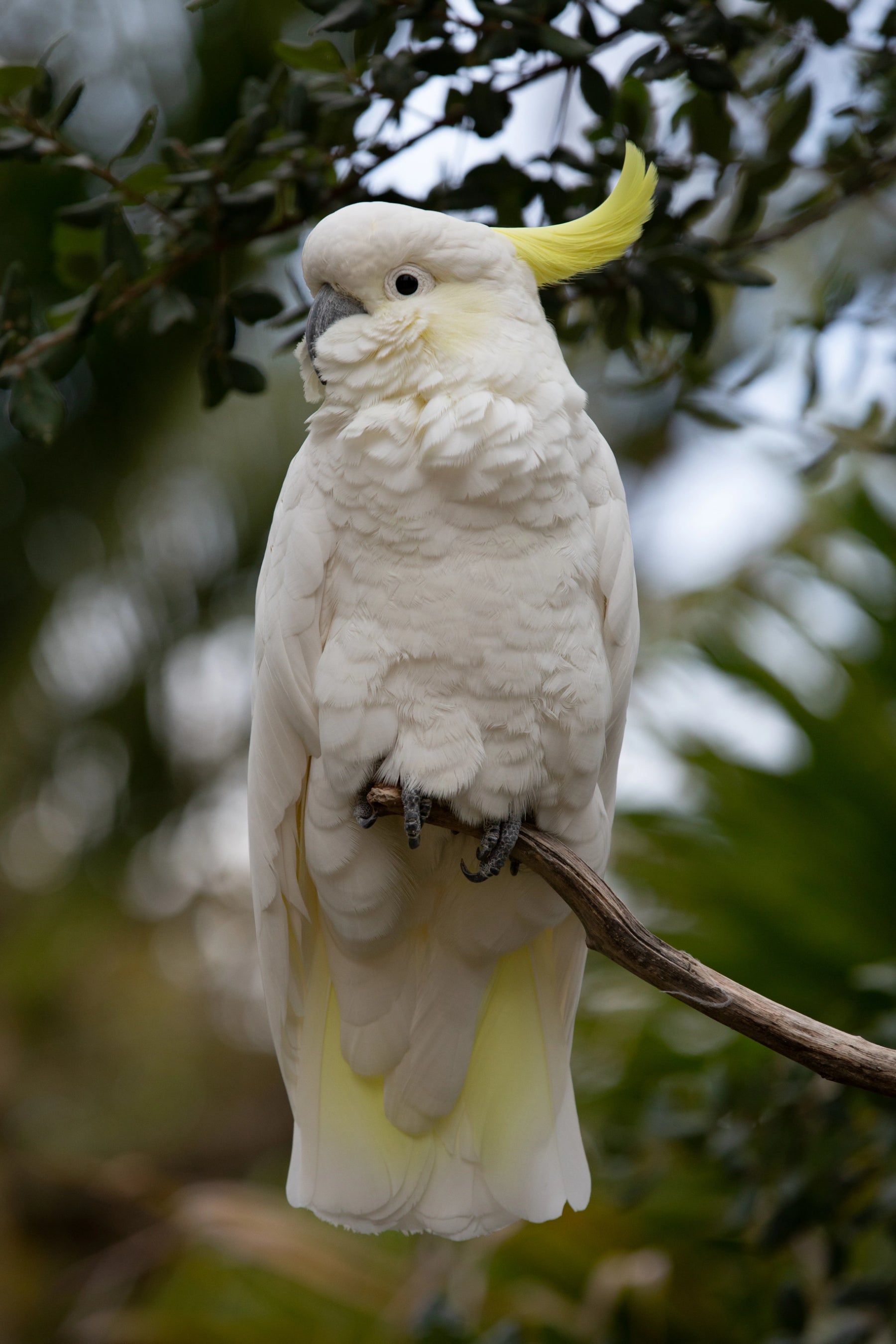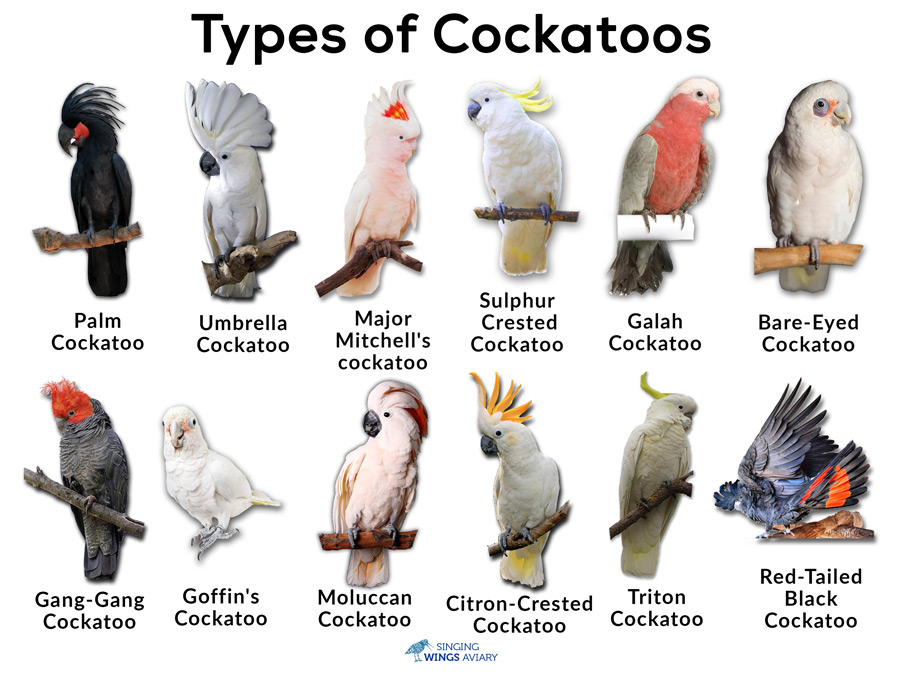

graptogyne Schodde, Saunders & Homberger, 1989, and C. The two southern temperate zone subspecies, C. banksii subspecies and found relatively low divergence among them.

1984) included single individuals representing four C. Five subspecies are currently recognized based on body size, bill size and shape, and plumage patterning and colour (Ford 1980 Schodde 1997 see Supplementary Table S1 for subspecies differences in morphology see Latham 1790 Gould 1843 Mathews 1917 and Schodde 1989 for all original subspecies descriptions).Īn allozyme study of the systematics of cockatoos (Adams et al. It is widespread throughout Australia from tropical savannahs to desert rangelands and temperate forests and woodlands (Fig. A large, endemic Australian parrot in the family Cacatuidae (cockatoos), the species is sexually dimorphic for bill colour and the stark red (adult male) or red and orange-yellow (adult female) panels in its tail (Ford 1980). Hence, knowledge of the relative genetic diversity, interconnectedness and evolutionary history among populations is important for managing the genetic health of a species in a broad evolutionary context.Ī widespread species whose conservation management is hampered by a lack of genetic data is the red-tailed black-cockatoo ( Calyptorhynchus banksii), one of Australia’s most iconic bird species. An emerging paradigm shift recommends an assessment of the genetic health of conservation units (and other population isolates), and the establishment of strategies to mitigate genetic erosion where necessary (Ralls et al. Thus, the advent of high-throughput sequencing and population genomics has the potential to enhance management of conservation units (Funk et al. However, delineating conservation units using one or relatively few genetic markers can be imprecise and misleading, because the demographic and evolutionary signals at different loci are often discordant (Toews and Brelsford 2012 Morales et al. There has been growing awareness and understanding of the complex population-species continuum in which conservation units usually operate (Coates et al. Delineation of appropriate genetic units can form the basis for decisions relating to habitat protection, in situ captive population management and ex situ population augmentation (i.e. Accordingly, the maximization of species’ evolutionary potential is a fundamental goal of conservation genetics (Ryder 1986 Reed and Frankham 2003 Allendorf and Luikart 2007). Implementation of such policies can be supported through research that apportions within-species genetic variation to appropriate taxonomic and conservation units, enabling conservation managers to identify population genetic diversity and prioritize conservation interventions that support long-term retention of adaptive variation. 2017) and this is now recognized in policy (Aichi Target 13 of SCBD 2010). There is increasing awareness, however, of the need to protect diversity within species (Pollock et al. Protection and recognition of biodiversity is largely focused at the species level (CITES 2019 IUCN 2019). The results of our study highlight the utility of considering the phylogeographic relationships inferred from genome-wide SNPs when characterizing conservation units and management priorities, which is particularly relevant as genomic data sets become increasingly accessible. samueli population is diagnosable as a separate subspecies. graptogyne, and propose that the western C. In particular, we provide advice on the potential genetic rescue of the Endangered and restricted-range subspecies C. Our study has a range of conservation and taxonomic implications for this species. Genetic clusters inferred from mitochondrial DNA differed from those based on SNPs and were less resolved. These units are only partially congruent with the existing morphology-based subspecies taxonomy. We identified five evolutionarily significant units, which are estimated to have diverged during the Pleistocene. Here we utilize thousands of genome-wide single-nucleotide polymorphisms (SNPs) and mitochondrial DNA to provide the first genetic assessment of the Australian red-tailed black-cockatoo ( Calyptorhynchus banksii), a widespread bird species comprising populations of varying conservation concern. These data can be used to characterize conservation units and to effectively manage the genetic health of species in a broad evolutionary context. Analysis of genomic data sets can provide high-resolution estimates of genetic structure, genetic diversity, gene flow, and evolutionary history.

Advances in sequencing technologies have revolutionized wildlife conservation genetics.


 0 kommentar(er)
0 kommentar(er)
